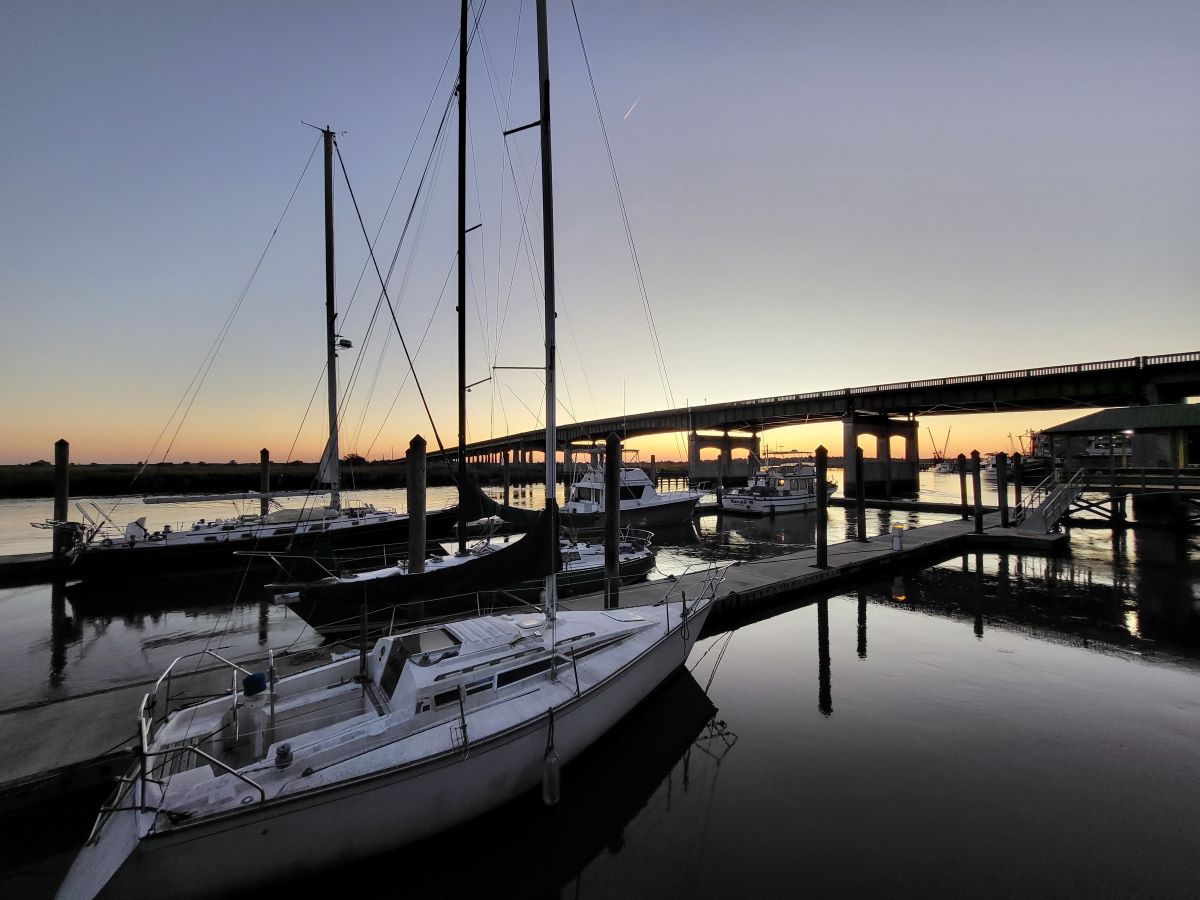Introduction
Marina, a sheltered dock or basin where boats may be moored, is a term that is often used interchangeably with the word harbor. However, there is a subtle difference between the two. A harbor is a natural body of water that provides shelter from the elements, while a marina is a man-made structure that is specifically designed to accommodate boats.
The history of marinas is long and fascinating. The earliest known marinas were built by the ancient Egyptians, who used them to store and repair their ships. These early marinas were simple docks, often built on the banks of rivers or lakes. The Romans also built marinas, which were more elaborate than the Egyptian ones. Roman marinas often included warehouses, workshops, and even temples.
In the Middle Ages, the importance of marinas grew as trade increased. Harbors were built in many European cities, and some of these harbors still exist today. The Renaissance saw a further development of marinas, as new technologies were developed for building and maintaining them.
The rise of modern marinas began in the late 19th century. This was due to a number of factors, including the increasing popularity of boating, the development of new materials for building marinas, and the introduction of new technologies for managing them.
Today, there are marinas all over the world. They provide a convenient and safe place for boaters to moor their vessels. Marinas also offer a variety of amenities, such as fuel docks, repair shops, and restaurants.
In this article, we will explore the fascinating history of marinas. We will look at the early origins of marinas, their development over time, and the latest innovations in marina design. We will also discuss the importance of marinas in modern society.
Ancient Origins
The earliest known marinas were built by the ancient Egyptians, who used them to store and repair their ships. These early marinas were simple docks, often built on the banks of rivers or lakes. The Romans also built marinas, which were more elaborate than the Egyptian ones. Roman marinas often included warehouses, workshops, and even temples. Read More…
Medieval and Renaissance Harbors
In the Middle Ages, the importance of marinas grew as trade increased. Harbors were built in many European cities, and some of these harbors still exist today. The Renaissance saw a further development of marinas, as new technologies were developed for building and maintaining them. Read More…
Rise of Modern Marinas
The rise of modern marinas began in the late 19th century. This was due to a number of factors, including the increasing popularity of boating, the development of new materials for building marinas, and the introduction of new technologies for managing them. Read More…
Innovations in Marina Design
In recent years, there have been a number of innovations in marina design. These innovations have made marinas more efficient, safer, and more environmentally friendly. Some of the most notable innovations include floating marinas, which are designed to withstand storms and rising sea levels, and eco-friendly marinas, which use sustainable materials and practices. Read More…
Conclusion
The history of marinas is a long and fascinating one. From their humble beginnings as simple docks to the elaborate structures of today, marinas have played an important role in the development of trade, transportation, and recreation.
As the popularity of boating continues to grow, the demand for marinas is also increasing. In the years to come, we can expect to see even more innovations in marina design, as well as the construction of new marinas all over the world.
Marinas are an important part of our maritime heritage, and they will continue to play a vital role in our lives for many years to come.
